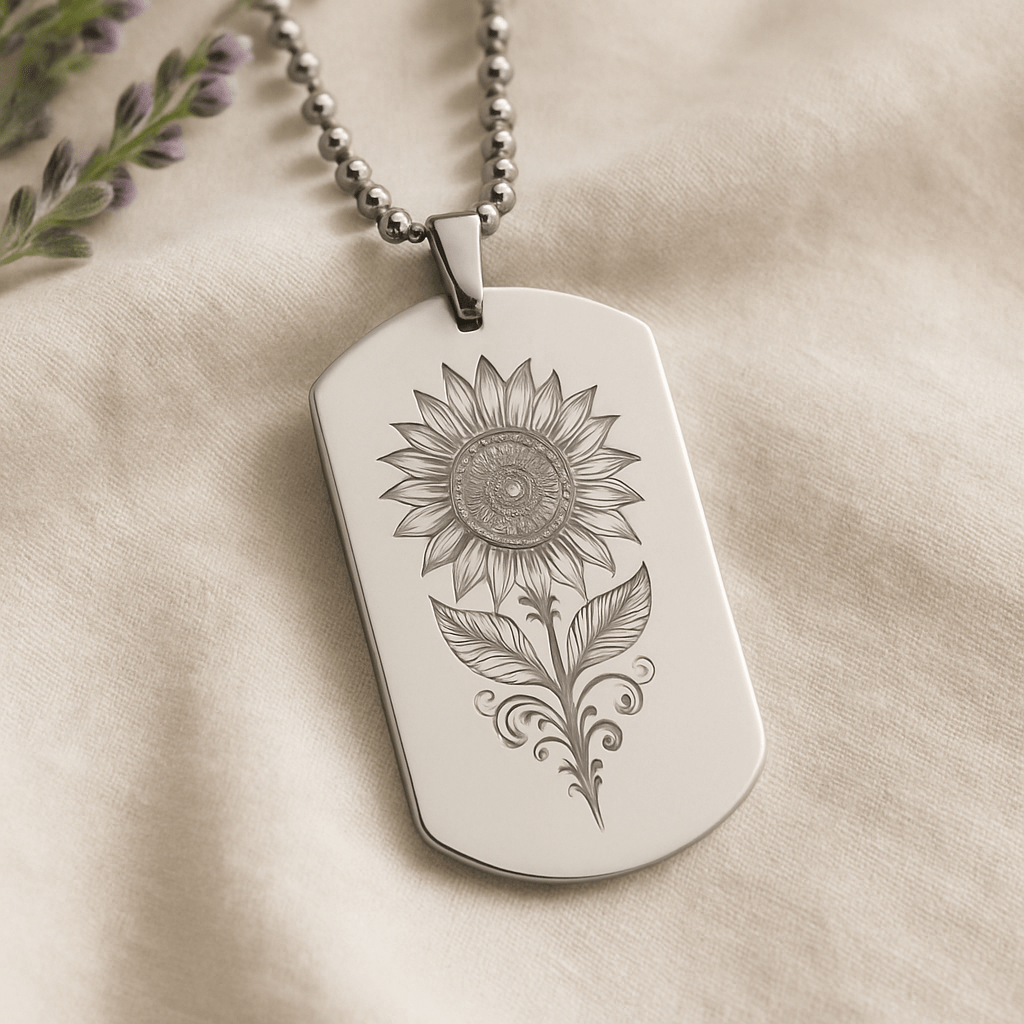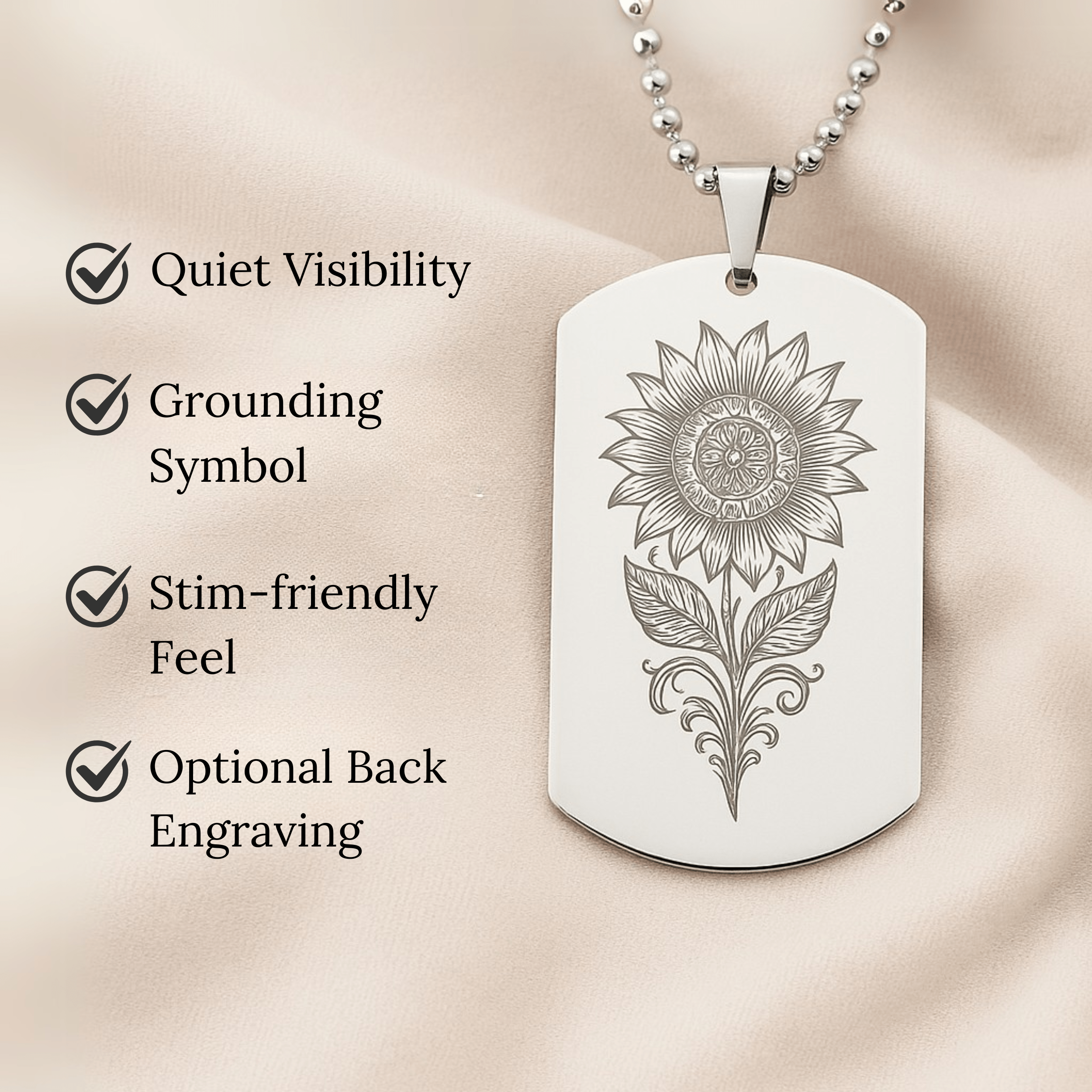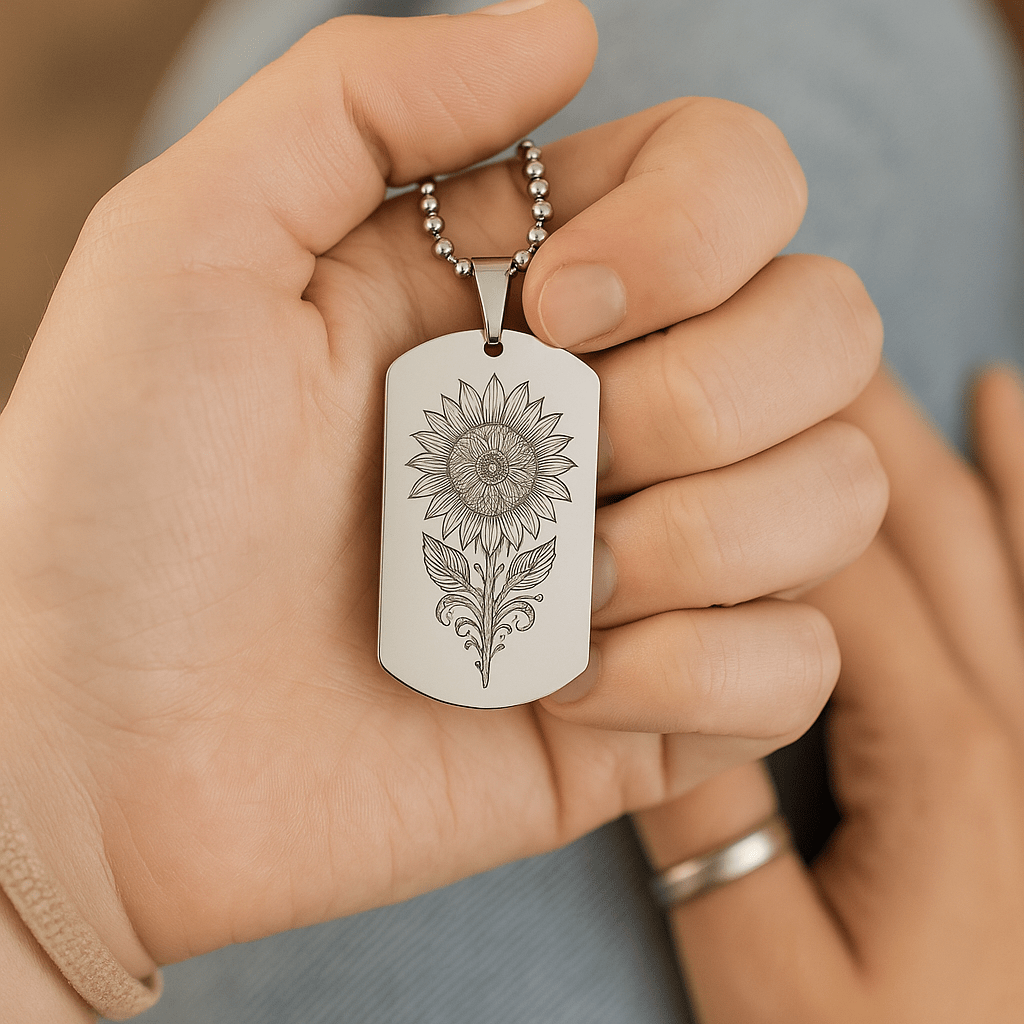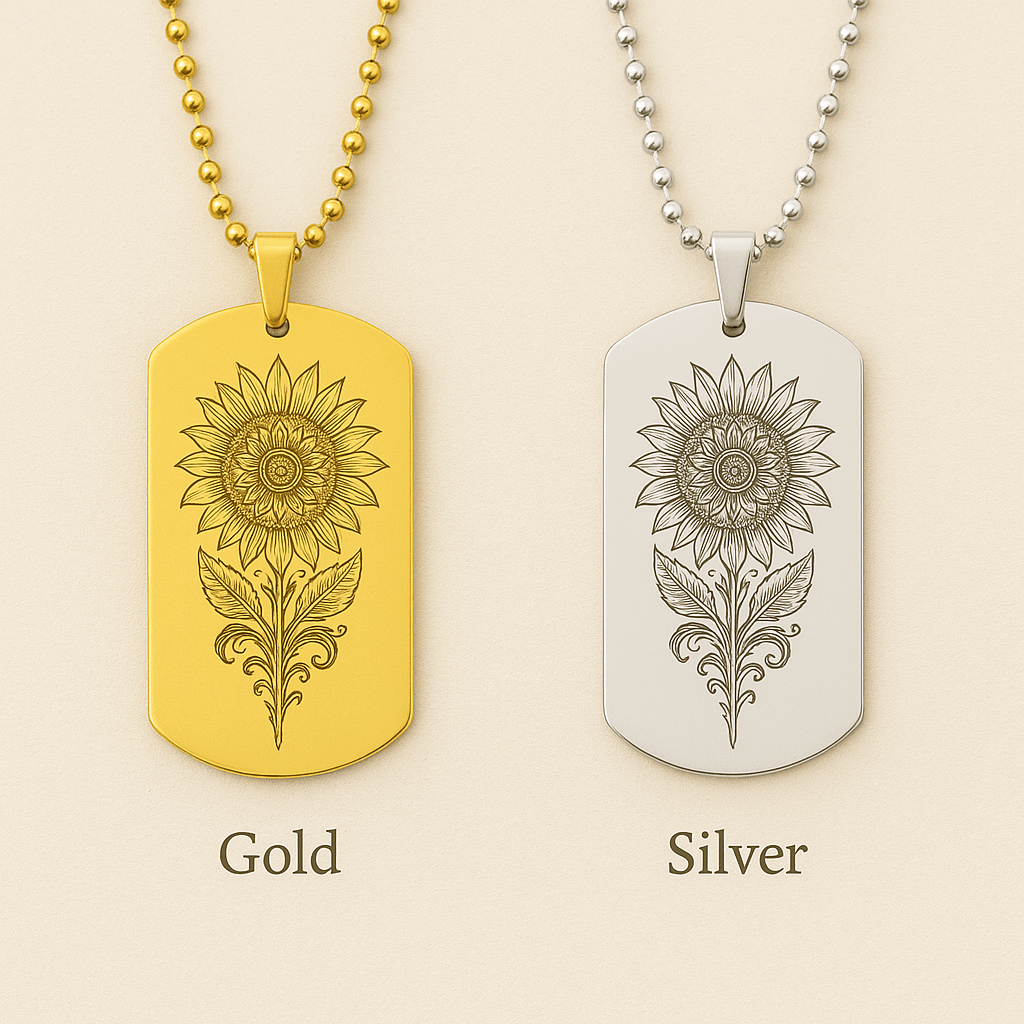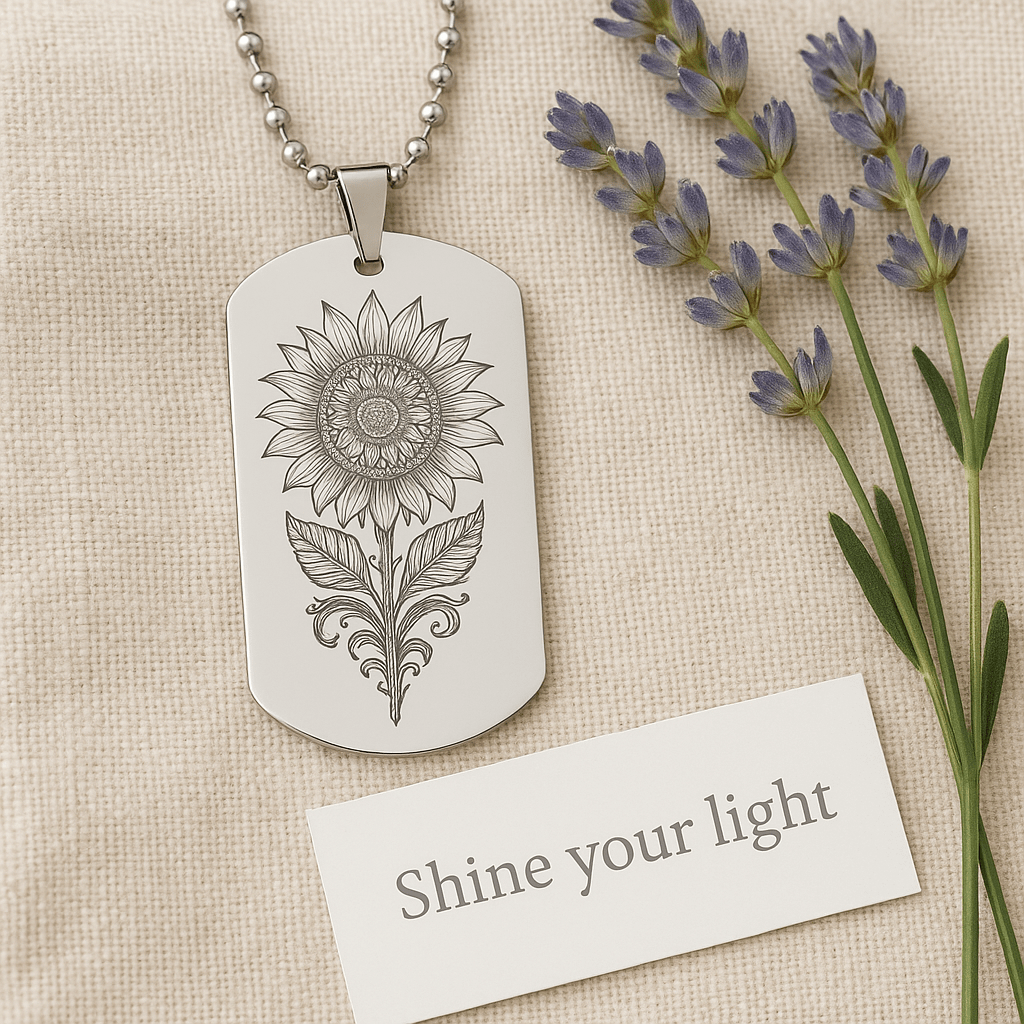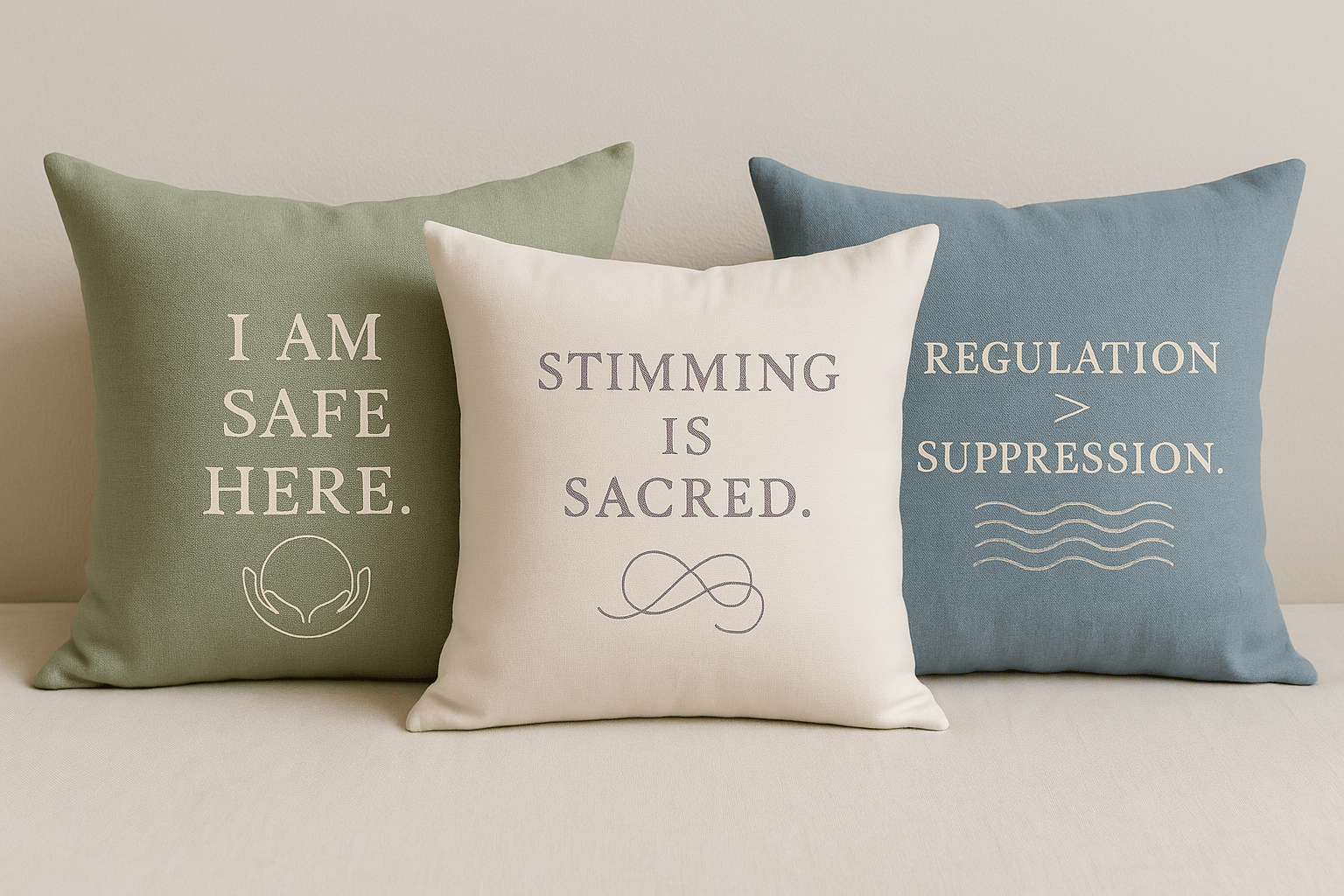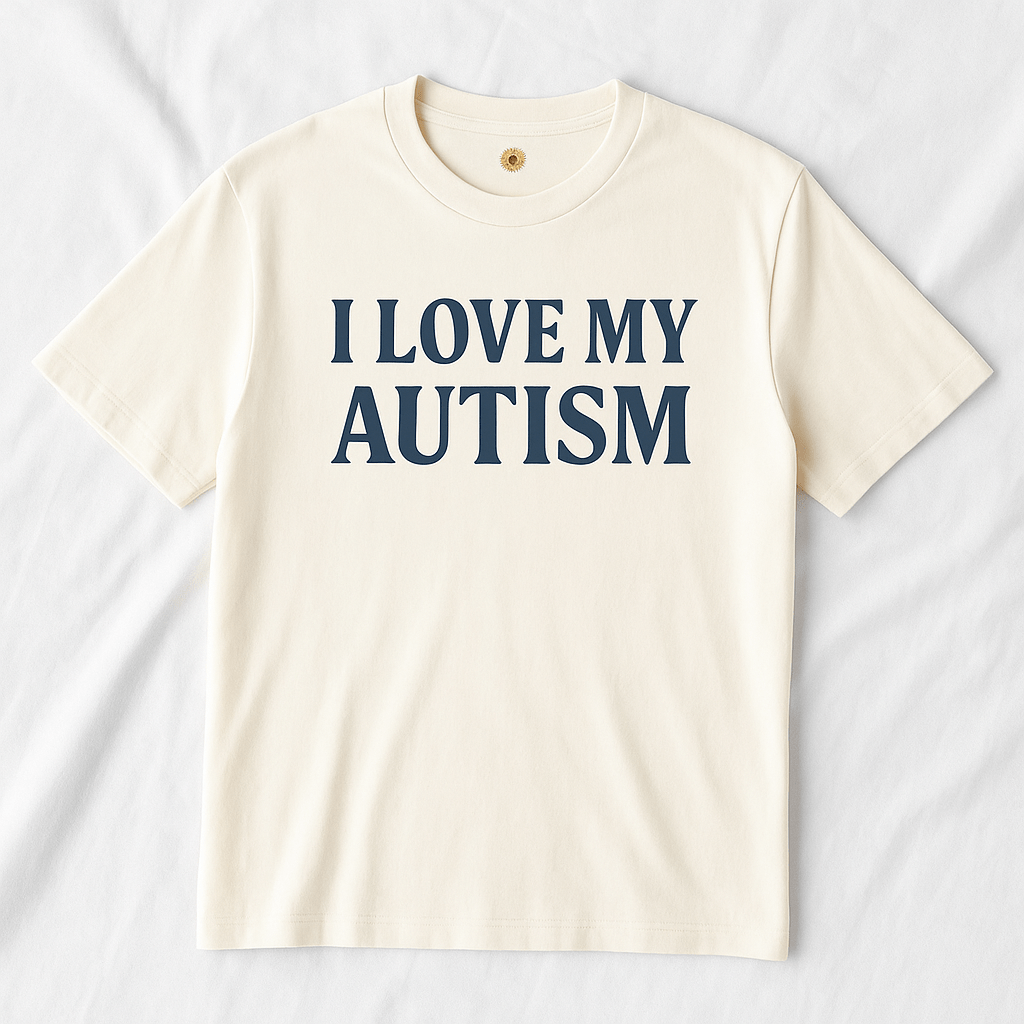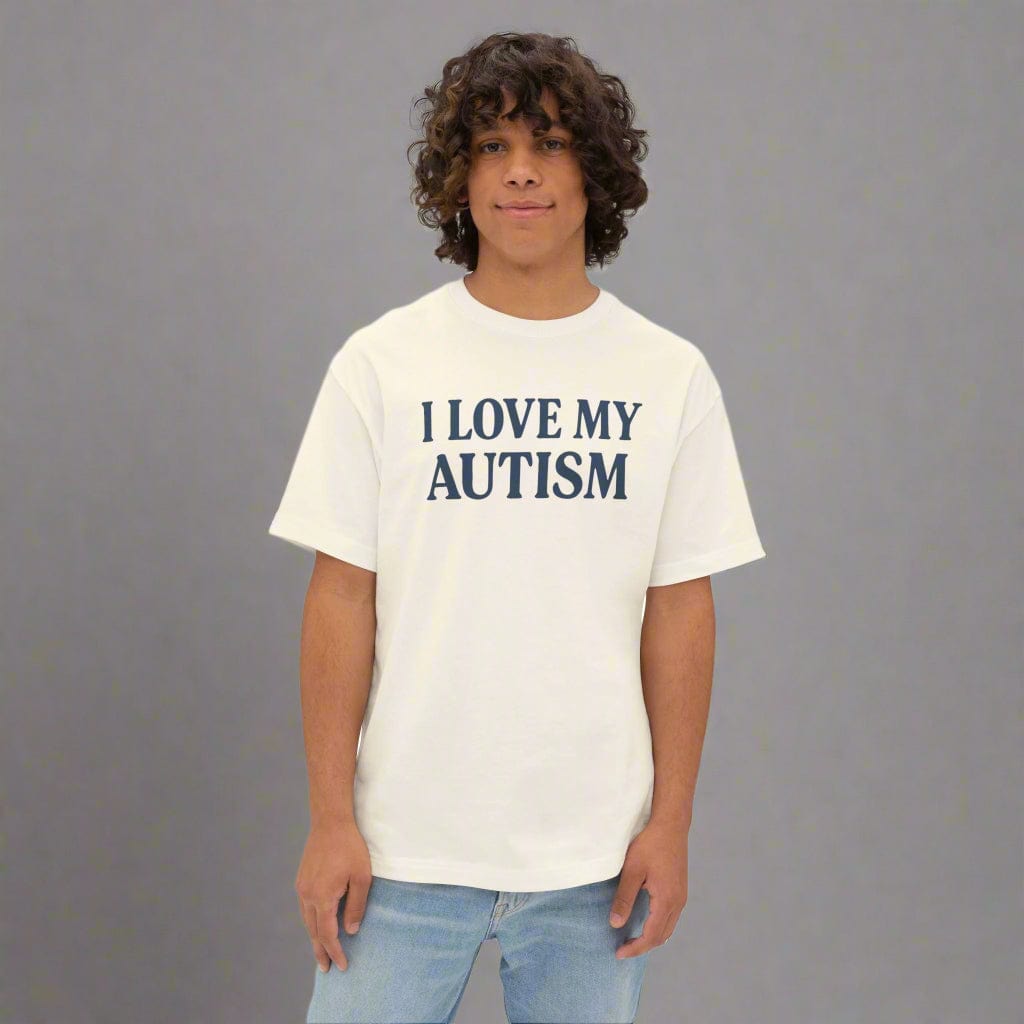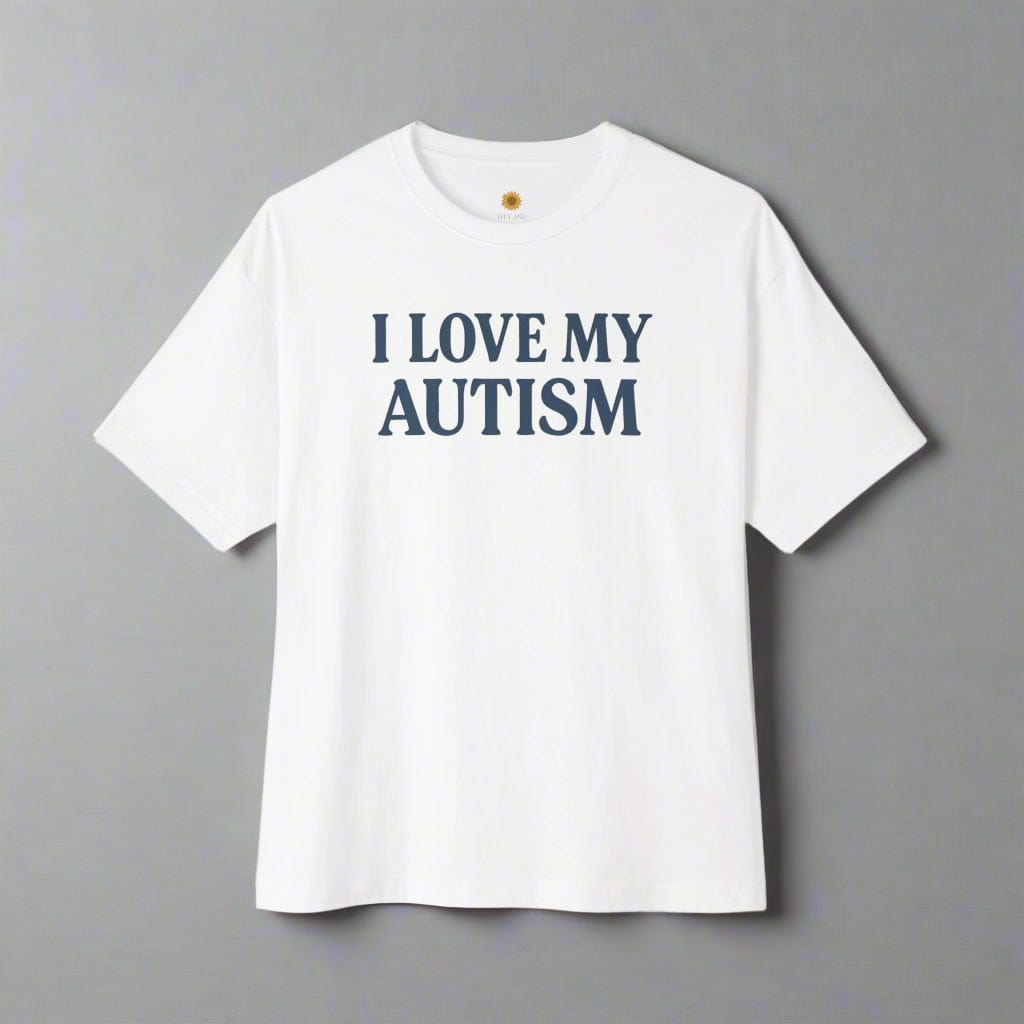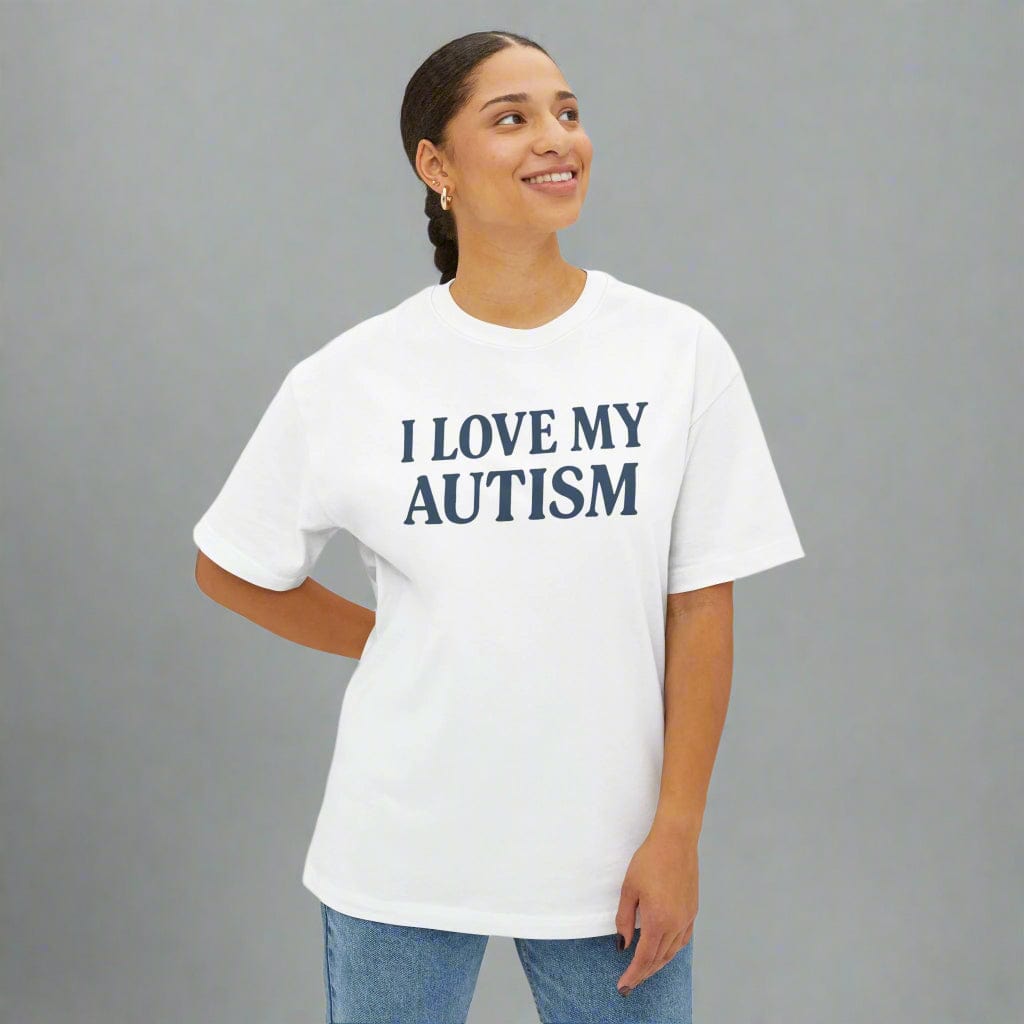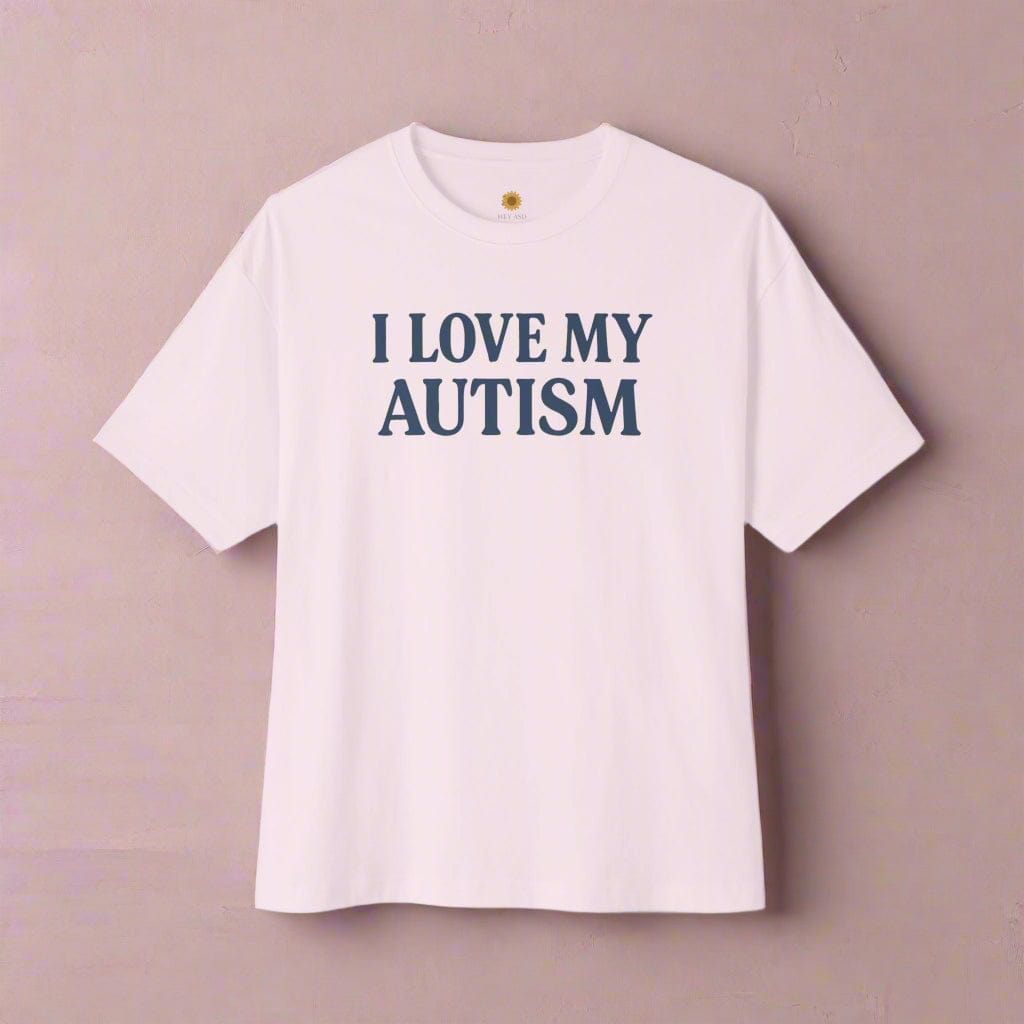Social Stories for Adults: Gentle Examples & Beginner’s Guide

Written by the HeyASD Editorial Team
Getting through social situations can feel hard or too much at times. If you are an autistic adult, you may find that some social rules are not clear. A lot of people believe social stories are just for kids. But, they can be a great help for adults as well. These easy stories help you feel better during tough social interactions. They can show you what to expect. This guide gives you real steps and simple examples. It shows how social stories can help in your daily life.
Understanding Social Stories: A Gentle Introduction
So, what are social stories? You can think of them as short guides for social moments. Carol Gray created the first social stories to help people see and understand social signals in a clear and easy way. These stories talk about a situation. They help show a good way to react.
These social narratives share information by using several kinds of sentences. They help people get better at social communication. In the next parts, we will talk about what these social narratives are, where they started, and how they now help adults.
What Are Social Stories?
Social stories are short and simple. They tell about a social situation, a skill, or a new idea. These stories use "I" statements so people feel closer to the event. A social story gives clear steps for what to do in certain situations. The goal is to help people get social information in a way that feels safe for them and is easy to read and understand.
Other types of social narratives, such as comic strip conversations, use pictures to show what happens when people talk or meet. The use of social stories is mainly to help you know what is expected in social settings. They help you see things from other people's views and guide you on how you can react in a way that feels good for you. This helps make those new or confusing situations feel easier to understand and to handle.
Social stories help autistic adults learn new social skills. They show you what to do by giving a clear text that you can follow. social stories do not make you to act in only one way. They just offer the information and give you options. This can help you manage your own behavior. Doing this might make you feel less anxious in social situations.
The Origins and Evolution of Social Stories
The idea of social stories came from an educator named Carol Gray. She put together a specific format for how these stories should be written. Social stories use different types of sentences. A descriptive sentence talks about the facts of the situation. A perspective sentence shares what others might think or feel. This way, social stories help people understand more about what is happening.
A directive sentence helps guide people by kindly prompting a response or a way to act. It often begins with words like, "I will try to..." or "I can..." This way of saying things uses a positive style. A directive sentence is important when talking about social rules. It helps share these rules without being strict or pushy.
For adults, social stories have grown into something called social articles. These talk about topics like life at work, dating, and visits to the doctor. Social stories for kids mostly talk about school or playtime. Stories for grown-ups, or social articles, cover the harder parts about being an adult and use words and situations that fit their age. The main idea is still the same. They all try to give clear and helpful information that guides people.
Why Social Stories Matter for Autistic Adults
For autistic adults, social stories help people feel strong in social settings. They give a way to get ready for times that can feel stressful or confusing. The effectiveness of social stories comes from how they make the rules of being social feel more clear and easy to understand. This can help everyone feel better in social situations.
Using these stories can help you learn new social skills in your own way and in your own time. The stories be a real support and show that people with autism may find things hard in the world. They give you a way to feel more comfortable and sure about yourself.
Breaking Myths: Social Stories Aren’t Just for Kids
One thing that many people say about social stories is that they are just for kids. This is not true. The way you use social stories is what matters most. For grown-ups, social stories can feel grown up, helpful, and work well in tough moments like job interviews, team meetings, or talking with family about limits.
The power of a social story comes from the way it is put together, not from what it is about. A social story helps you learn social skills by breaking things into easy steps. When there is use of positive language, it becomes a helpful way to learn. The method does not feel like you are being judged. It is about having the information you need to feel ready, especially when you want to practice new social skills.
You can find templates online at resources like ASERT (Autism Services, Education, Resources, and Training) Collaborative. But to get the best help, look at the principles themselves. Making your own story for your situation is often what helps you feel stronger. This way, the process can be good for you and can make what you do feel real and important.
Supporting Dignity, Independence, and Self-Advocacy
Using social stories is a way to speak up for yourself. You get to know what you need to feel good and then make sure you give yourself that help. This helps you feel proud and able to do things on your own, because you choose how and when to use social stories.
For young adults who are moving into something new, like beginning college or starting a first job, social stories can help a lot. They show what to expect in a new place. This can be finding your way around a campus or learning the quiet rules at work. This kind of help can make the move feel less scary. It can also give you more confidence when things are changing for you.
Every time you use a story to help you in a hard time, it gives you positive reinforcement. You do not just learn a skill; you also show yourself that you can face new things. This helps you build trust in yourself, which you need to go through life in your own way.
Everyday Situations Where Social Stories Can Help
Social stories can help with any social situation you face in your day-to-day life. It does not matter if things feel simple or if things feel tough. A story like this can guide you. It can help a lot. You can make your own social stories for yourself. Or you can write a story with friends or with direct support professionals. This way, you get help from people you trust.
These stories can help explain things that people who are not autistic might feel are easy or normal. A social story can bring a lot of clarity and help. There are some places where this can happen, like at work and in health care.
Navigating Workplaces and Professional Life
Yes, you can use social narratives to handle many common problems at work. In the professional world, there are often unspoken rules that are hard to know or understand. A social narrative will explain these situations in simple and clear steps. This can help you feel ready and sure about what to do at work.
The social validity of social stories is about how well they work in real life. You can use social stories for many workplace problems, like:
-
Know how to join in and take part during a team meeting.
-
Learn how to talk about everyday things with workmates when you meet them in the breakroom.
-
Get ready for your performance review when you meet with your manager.
These stories work like a private guide you read before you go to an event. The stories give you a simple outline for how you can act or what you can say. By reading them, you feel less nervous and it helps you focus better on what you bring to your job. This practice can help remind you of your value at work.
Managing Healthcare and Appointments
Healthcare appointments can feel stressful for many people. This can be because of things like loud sounds or bright lights. It can also feel hard if you find it tough to say what you need. A social story can help you know what will happen. It will show you what to do from the time you check in at the front desk until you talk to the doctor.
An example of a social story for this challenge will show every step you need to take. It can tell about the waiting room, what the nurse will ask, and how you can talk about your symptoms. This kind of detail helps people know what will happen, so there is less chance for surprise. You can make stories for:
-
A routine dental cleaning. This is when you go in to get your teeth cleaned. They usually use tools to take off plaque and check for any problems. It helps keep your teeth and gums healthy.
-
Getting a blood test. A health care worker will take some of your blood. A lab checks the blood for several things, like how much sugar or iron you have. It helps doctors know more about your health.
-
Discussing a new health concern with your doctor. You talk with your doctor about something that has changed or started bothering you. The doctor listens and may ask you questions. You both talk about what might be causing it and find out possible ways to feel better.
These stories help you see the signs in a medical place. They get you ready to speak for yourself. For example, the story might say, "I can tell the nurse that I am autistic and that I might need them to explain things clearly."
Real-World Examples of Social Stories for Adults
Looking at examples can help you understand social stories better. The point is not to set strict rules but to give simple guides. Social stories talk about real life. They give tips on what appropriate behaviors look like and show how people can respond in a caring, helpful way. They do all this without judging anyone.
Let’s take some time to see a few short examples of what a social story for an adult can be. You will see that they are written using the first person. They help by giving clear and feel-good information for many kinds of situations.
Going to a Doctor’s Appointment
Here is a simple example of a social story you can use for going to a doctor’s appointment.
My doctor’s appointment is for Tuesday at 10 a.m. I will get there a bit early. When I go in, I will walk to the front desk. I will say my name and tell the person working what time my appointment is. This is a usual part of checking in.
Sometimes, I be in the waiting room and have to wait. I can read a book or use my phone while I wait there. When the nurse calls my name, I will go with them to the exam room. The nurse will take my blood pressure. The nurse may also ask me some questions. It is okay to ask the nurse to say a question again if I do not understand. The doctor will come in and talk with me about my health. I have made a list of questions I want to ask. This helps me remember everything. The way I act around people is my own social behavior, and it is okay to stand up for what I need.
Each descriptive sentence tells about the event in a simple way. It breaks things into smaller steps. This helps make it feel easier to handle and not too much at once.
Meeting New Colleagues at Work
Meeting new people at work can feel tough. Social stories make it easier. They show the steps and what you should do. These stories help people feel sure about talking to someone new and building a friendship. A story may talk about getting to work, looking at someone, and telling them your name. Saying things in a nice way and using descriptions makes it clear what is good to do in that moment. These simple stories help everyone use their social skills. They help make sure autistic adults feel proud and free to do things the right way at work too.
More Social Story Scenarios for Daily Living
Social stories can help with more than just work and healthcare. They can be useful in many parts of daily life. When you meet new people or face things you do not expect, a story can make it better. If you want to get better at social skills, using social stories can help you feel more at ease in these moments.
Thinking about a specific behavior that you want to know more about or a situation that makes you feel nervous is how you start. After that, you can make a story that helps give you the information and confidence you need. Let's take a look at a few more normal examples.
Attending Social Events Like Weddings or Parties
Big social events like weddings or parties can feel like too much, both with noise and people. A social story can help you feel ready. The story can tell you what will happen at the event. It might say when food will be served, or when speeches will happen. This way, you know what to expect and feel better about being there.
It can also help you get ready to be with other people in a group. For example, you might say, "There will be many people at the party. It could be loud. I can bring my noise-canceling headphones. If I need a break, I can go to a quiet spot and sit for a few minutes. It is okay to step away if I feel too much is going on." This is about how to use self-care strategies.
The story can help by giving you simple ways to start or finish a talk in a nice way. It can teach you how to be polite in social communication. If you get ready for these times with a story, it can be easier for you. You may feel less tired and have a better time at the event. Just like that, using social narratives can help you feel ready for hard things at work too.
Ordering Food at a Restaurant
Ordering food at a restaurant needs some steps of social interactions. First, you sit down at the table. Next, a staff member comes to talk with you. You read the menu and choose what you want. After that, you tell your order to the person who is there. They may ask you some questions about your order, so you answer them. A bit later, they bring food to your table. When you finish, you might ask for the bill. After you pay, you get up and leave. All these steps are part of social interactions at the restaurant.
When I be at a restaurant, the host may take me to a table. The host might give me a menu. I look at the menu and think about what I want to eat. It is okay if I need time to choose. When the server comes to me, they ask what I want to order. I say my choice to them.
After I order, I will wait for my food to get to the table. When I finish eating, the server will bring the bill. I need to pay for my food using a card or some cash. This is the last part in the social situation of eating at a restaurant.
This story makes it easy to understand how to order food. It helps that's why the experience is always the same every time. These examples also show that social stories are good for any adult who faces problems in social situations. Social stories give clear and easy steps to follow. This helps people feel good and know what to do.
Using Social Stories for Relationships and Boundaries
Social stories are helpful for more than just outside events. You can use social stories to help with things like relationships. For many people, making connections with others or setting good boundaries can be hard. A social story gives you a guide to practice these skills.
Using a story to look at these things can help you understand your own feelings and needs. It can also make it easier to talk about them with other people in a clear and calm way. This is important for good social behavior.
Setting Boundaries with Friends or Family
Setting boundaries shows that you respect yourself. At times, it can feel hard or tense. A social story can help you get ready for this talk. It lets you write out what you want to say before you meet with them.
Your story can help others understand social information if said in a specific format. For example: "My friend likes to call me late at night. I need my quiet time before bed. It is okay for me to ask them not to call after 9 p.m. I can say, 'I really enjoy talking with you, but I need to wind down at night. Can we talk earlier in the day instead?'"
This type of story does two things. It shows that you need a boundary and helps you find the right words to use. There are many guides on social stories that help you set up these personal stories. These guides let you practice what to say before you talk with someone, so you feel less nervous when the time comes.
Navigating Romantic and Dating Situations
Dating and being close to someone have many hints that you might not see or understand right away. A social story can make these moments feel less hard to read. For example, the story might show what happens during the first date. It can also help you learn how to let someone know you like them.
A story about dating can talk about things like how to read the other person’s body language, know about consent, and choose what personal stuff to share. For example: “On a first date, people ask questions so they can get to know each other. I can ask about their hobbies, and I can tell them about mine. If I do not feel comfortable, I can say, ‘I have had a good time, but I am ready to go home now.’ It is always okay to leave a date if you want.”
These stories give you a basic guide for dealing with new romantic experiences in a safe and confident way. You can use them in private. They help you get ready for the moments and think about what happened after. These stories are good for any adult who wants to get around the social world.
Beginner’s Guide: Creating Your Own Social Story
The strongest social stories are often the ones you make for yourself. You know your life best, and you know what you need. When you make your own story, you can talk about the real situation, your feelings, and the results that be most important for you.
Think of the basic ideas as a guideline for a story you tell in a social way. You talk about the situation. You share information about the right way to act. You then give a simple plan. This approach helps a lot when there is a new schedule. It also works when you and your people face something that is not known before.
What You’ll Need to Get Started
Getting started with this is easier than you think. You do not need any special tools. The main thing is to gather information about the topic. After that, just organize it so it helps you and others.
To begin, you will need:
-
A certain time or event to think about.
-
A method to write down or save your story. You can use a notebook, a document on your computer, or record your voice on the phone.
-
A peaceful time to sit down and write.
-
Details about the time or event. You should look up some facts on the internet or talk to someone you trust. Doing this helps you understand the main aspects of the topic.
Research in places such as the Journal of Applied Behavior Analysis looks at what makes a good story. But you do not need to have a degree to write one. The best tips for making social stories for adults highlight the need for clear writing, a positive feel, and a first-person view.
Choosing the Right Situation to Focus On
Choosing the right situation to focus on is the most important first step. Pick something that is making you feel stress or unsure at this time. Do not try to handle everything all at once, because that can be too much to deal with.
Think about the places or times where you want to get better at social skills. A good way to start is to choose moments that feel easy for you.
-
A regular event that is hard for you, like weekly team meetings.
-
A single event that is happening soon, like a family gathering.
-
A certain social skill you want to work on, like how to join in a conversation.
By focusing on just one thing at a time, you can make a really helpful and clear story. When young people move into new parts of life, this way is very good. A story like "My First Day of College Classes" or "How to Use the Laundry Room in My New Apartment" can help these big changes feel easier. Breaking things down makes each step feel clear and something you can do. This way, you look at one action or one moment at a time.
Step-by-Step Process for Writing a Social Story
When you think about a situation, you can start with a simple plan to write your story. The goal of the social story is to make things clear and help feel calm. So, the steps should be easy to follow and feel helpful.
Pay attention to the way you use terms. Try to keep what you say kind and clear. This tool is here for you, made by you. Here are the basic steps to use when you start writing your own story.
Step 1: Break Down the Situation into Steps
First, look at the situation step by step in order. Think of it like watching a movie. What is the first thing that happens? Then, what comes after that? When you write things down in an orderly way, it helps make the event feel less messy and more easy to follow.
Use one simple descriptive sentence to show each part of your story. For example, if you talk about going to the grocery store, your steps might look like this:
-
First, make a shopping list at home.
-
Then, drive to the store and get a cart.
-
Walk down the aisles to find the items you have on your list.
This process can help make behavior change easier for autistic adults. It does this by breaking down a big and maybe stressful event into simple steps. Each action is clear and easy to understand. Because of this, you get a guide that feels logical and easy to follow. It can lower worry and help you feel like you are in control.
Step 2: Use Clear, Supportive, and Respectful Language
The tone in your social story matters a lot. Always use simple words that people can understand without trouble. Do not use jargon, metaphors, or sayings that are not clear. The main goal is to give accurate information in a clear and direct way.
Most importantly, try to use positive language. It helps to put words into a caring and helpful way. For example, instead of saying "Don't be nervous," you can write, "It's okay to feel nervous. A lot of people feel the same way. I can take a deep breath." Other tips include:
I will make sure to write in the first person. My aim is to talk about what I can do to help you. I will not use any harsh or demanding words. Instead, I will keep my words friendly and helpful so you feel at ease. I am here to show what I can offer, and I am happy to help you with anything you need.
This way of doing things is the base for every social story guide and every template. It makes sure the story is there to help you feel strong, not to put you down. The point is to respect yourself and give yourself the care you should have.
Step 3: Add Visual Supports or Cues if Helpful
Some people may feel that just using words is not enough. Adding some visual supports can help make a social story better. A picture can often show a social clue or a step in a process faster than text alone can.
You can make your stories in many different ways. Think about which way is best for you. Some things you can use for visuals are:
-
Use simple drawings or stick figures to show each step.
-
Find photos or icons online that match parts of the situation.
-
Make a video. In the video, you talk about the story over images or clips that fit.
Visuals help make social stories easy to understand for adults who face social challenges. A picture showing a smiling face next to words like, "It's polite to say thank you," helps people see what you get by being polite. This can make it clear to them right away.
Conclusion
Social stories are a strong tool for autistic adults to handle everyday life. They work for adults, not only kids. These stories help make social interactions less hard. They let people feel safe and be themselves. You can use clear words and easy steps to build stories just for you. These stories show how to deal with things at work or in social situations. Remember, your journey to feel good and stay true to yourself matters. There are resources ready to help you. Try this way. Give yourself a chance to handle social challenges with more belief and courage. If you want to know how social stories can help and fit your life, reach out and find more social stories made for you.
Frequently Asked Questions
How are social stories for adults different from those for children?
Social stories help adults learn social skills for work, dating, and healthcare. These stories use age-appropriate words. The way they give clear facts and teach social skills is a lot like social stories for young children. But the things they talk about fit what adults go through and what they want in life.
Can social stories help with workplace challenges?
Yes, you're right. Social stories work well for problems at work. They help make the unwritten rules about social behavior in meetings or in the breakroom clear. The social validity of social stories is high for this because they let people or direct support professionals see their target behaviors and feel more sure about handling work life.
Where can I find templates or free social stories for adults?
You can look for examples and templates for social stories on websites for autism groups like the ASERT Collaborative. But making your own can be best for a social situation that is special to you or your child. Studies in places like the Journal of Child & Adolescent Psychiatric Nursing show that the effectiveness of narrative therapy can be higher when these stories are made just for the person who needs them. This personalized way can help more with some social situations.
Is there evidence that social stories are effective for autistic adults?
While many studies look at groups of children, the effectiveness of social stories for people with developmental disabilities is clear. Research in the Journal of Positive Behavior Interventions shows that these social stories help people who face challenges with understanding others. These ideas do not just work for kids but also help adults.
On This Page
Frequently asked questions
What are social stories and how can they help improve autism social skills?
How can social stories support autism emotional regulation in daily life?
What are some effective strategies for creating sensory-friendly autism support using social stories?
How can parents and educators collaborate to use social stories consistently across different settings?
Are there autism-themed products, like calming blankets or sensory tools, that complement the use of social stories?
How can visual supports enhance the understanding and engagement of social stories for autistic individuals?
What are some common challenges when using social stories, and how can disability support strategies address them?
How can social stories be adapted to suit different age groups and developmental levels?
Can autism awareness t-shirts or decor help create a supportive environment alongside social stories and other disability support strategies?

About the HeyASD Editorial Team
Autistic‑owned • Values‑led • Sensory‑friendly design
We are autistic creators, writers, and advocates dedicated to producing resources that are practical, sensory-aware, and grounded in lived experience. Our mission is to make information and products that support the autistic community accessible to everyone, without jargon or condescension. Learn more about our team.
This article is written from lived autistic experience and an evidence-aware perspective. It is for general informational purposes only and should not be taken as medical, legal or therapeutic advice.
Always consult a qualified clinician or occupational therapist for individual needs and circumstances.

About Our Autism Blog
HeyASD isn’t just a store, it’s a calm, supportive space created by and for autistic adults. Our blog shares sensory-friendly tips, identity-affirming stories, and heartfelt resources for navigating life as an autistic person. Whether you're late-diagnosed, exploring your needs, or supporting someone you love, you're welcome here.
Thank you for reading. We hope these resources bring comfort and clarity.












